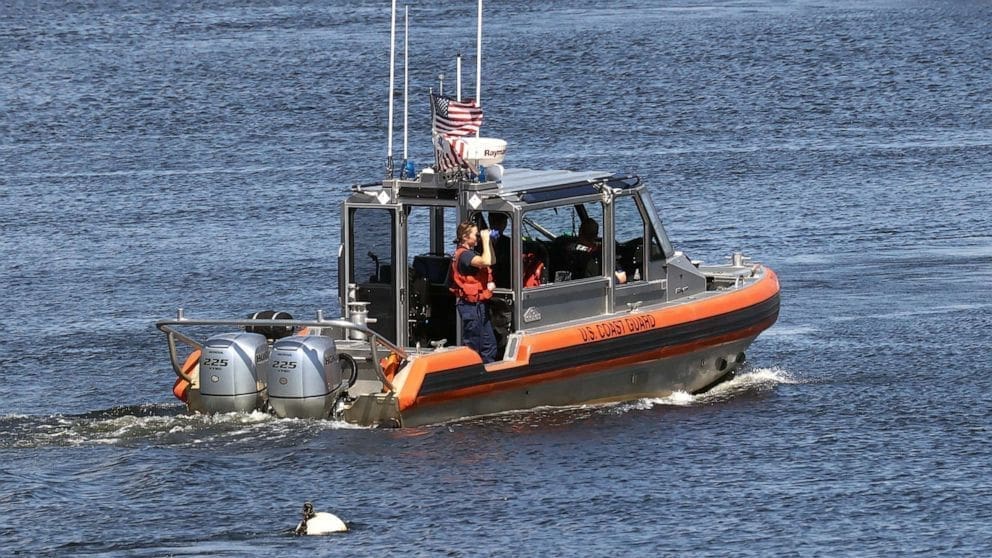Rescuers are engaged in a high-stakes race against time as they strive to save the lives of five individuals trapped nearly two miles deep in a tourist submersible in the vast expanse of the Atlantic Ocean. According to a former Navy submarine commander, this perilous operation is fraught with challenges that could impede the rescue efforts.

Retired Captain David Marquet provides further details
Retired Capt. David Marquet explained the complexities surrounding this rescue mission. He highlighted the absence of nearby U.S. or Canadian underwater vessels capable of reaching the depths where the Titanic wreckage rests, an astonishing 13,400 feet beneath the ocean’s surface. Moreover, the pitch-black darkness at such depths adds to the difficulty.

Marquet expressed his concerns, stating, “The odds are against them. There’s a ship in Boston that has this ability to either lower a cable and connect to it or have a claw. However, it’s still a thousand miles away.”

Even if a vessel manages to locate the submersible and lower a cable, Marquet emphasized the formidable challenges of safely navigating the treacherous waters and successfully attaching the cable. “You’ve got to get it exactly right. It’s sort of like… getting one of those toys out of those arcade machines. In general, you miss,” he elaborated.
One advantage
While rescuers face significant hurdles, there is one advantage they currently possess. The weather conditions off the coast of Newfoundland, where the submersible went missing, remain relatively calm, eliminating any additional obstacles posed by rough seas.
The 21-foot submersible lost communication with the mainland just 1 hour and 45 minutes after embarking on its tour of the Titanic wreckage. Marquet suggested that if the submersible managed to reach the surface, the crew would be able to open the hatch, allowing for more oxygen while they remained adrift.
Marquet further explained that if the trapped individuals are still alive, they would be advised to sleep in order to conserve oxygen. “We would put the vast majority of the crew to sleep because that’s when you’re using the least amount of oxygen and you’re expelling the least amount of carbon dioxide,” he stated.
As time continues to tick away, the urgency to mount a successful rescue operation intensifies. The fate of the five people trapped in the submersible hangs precariously, their hopes resting on the determined efforts of the rescuers battling against the odds in the unforgiving depths of the Atlantic Ocean.
Only 96 hours of oxygen
Rear Adm. John Mauger, Commander of the U.S. Coast Guard First District, revealed that the vessel is designed to hold 96 hours of oxygen, providing a limited but crucial lifeline for those onboard.

